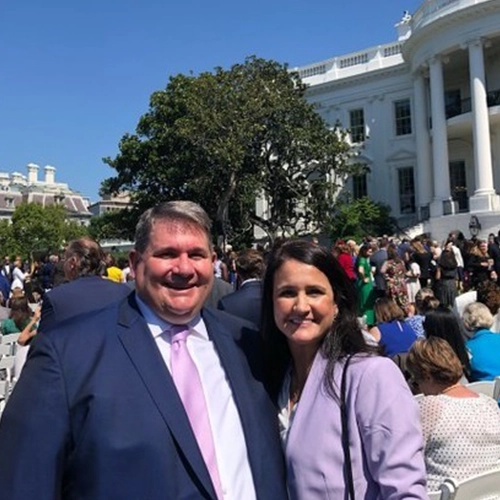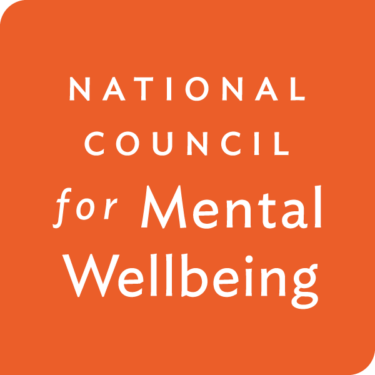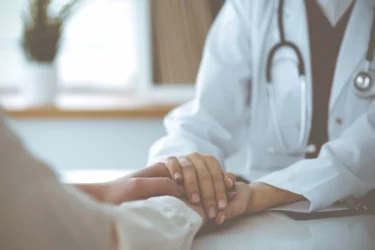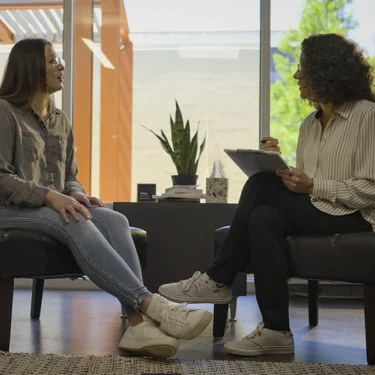I had the honor on Monday of participating in an event at the White House to commemorate passage of the Bipartisan Safer Communities Act.
The magnificence of that moment was in the realization that the new law represents our nation’s most significant investment in mental health programs since the Kennedy administration. For the first time in decades, we have reason to be hopeful that mental wellbeing — recovery from mental health or substance use challenges — is within reach for everyone.
Mental health and substance use professionals welcome passage of the Bipartisan Safer Communities Act because treatment programs to help those with mental health challenges have been starved for years. This investment will expand access to care and reduce the barriers that prevent many people from getting the treatment they need.
Specifically, the new law will increase access to comprehensive mental health and substance use services through expansion of Certified Community Behavioral Health Clinics (CCBHCs), telehealth services and in-school intervention programs, such as Mental Health First Aid (MHFA). It will provide additional funding for the National Suicide Prevention Lifeline, or 988, improving the capacity of our crisis care system.
The timing of these investments couldn’t be better. Nearly 11% of adults said last year they had seriously considered suicide in the previous 30 days, according to data released August 19 by the Centers for Disease Control and Prevention (CDC). That is more than double the 4.3% of adults who reported doing so in 2018.
As our nation copes with an increase in mental health and substance use challenges, the new federal investment in CCBHCs represents a profound opportunity to offer comprehensive care. The Bipartisan Safer Communities Act will expand the existing Medicaid CCBHC demonstration program to all states beginning in 2024 and every two years thereafter to increase access to community-based mental health and substance use treatment services. The law will also extend the existing CCBHC demonstration to 2025 for the original eight states in the program.
In other words, many new avenues will open and will allow CCBHCs to make inroads into communities across the country. More psychiatrists, nurse practitioners, social workers, case managers – more help for those in need.
And it can’t happen soon enough because it’s not just the increase in the number of people reporting mental health or substance use challenges that make new investments in CCBHCs and other resources so valuable. We will flip the switch on 988 in a matter of days, and demand for crisis care will grow.
The National Suicide Prevention Lifeline will transition on July 16 to a three-digit number for calls and texts, 988, from a 10-digit number that has operated since 2005 in coordination with local crisis centers, according to the Wall Street Journal, and the line’s operators, including the Substance Abuse and Mental Health Services Administration and the nonprofit Vibrant Emotional Health, said they expect an increase in calls to the shorter and more memorable 988 number during the next year.
As states build out 988 and CCBHCs enter a new phase of unprecedented national expansion, our crisis care network stands to flourish.
The ceremony on the South Lawn served as a reminder of the progress we’ve made on our most important policy priorities. But that momentary feeling of pride over our accomplishments was tinged with the realization that our nation’s mental health and substance use crisis continues. That means our work must also continue.
The mental health provisions in the Bipartisan Safer Communities Act made it clear that finally people are listening. So, let’s take advantage of that attention by continuing to make meaningful progress to improve substance use and mental health treatment.
Let’s take advantage of that attention and fix our workforce shortage, eliminate barriers to access, destroy stigma and strengthen our nation’s prevention programs, early intervention programs and recovery supports, so we can reduce the alarming number of overdose deaths.
Everyone deserves the opportunity to achieve mental wellbeing and reach their full potential despite a mental health or substance use challenge.We aren’t done yet.




